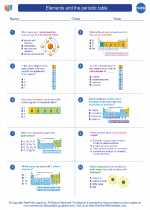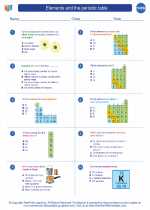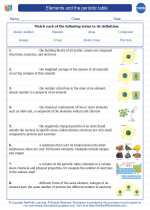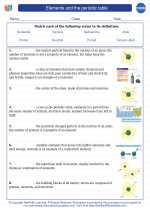Exploring the Thermosphere
Thermosphere Composition
The thermosphere is composed mainly of nitrogen and oxygen atoms, which are ionized by the Sun's ultraviolet (UV) radiation. This ionization process leads to the formation of ions and free electrons in this region of the atmosphere.
Temperature and Energy
Despite its high altitude, the thermosphere is exceptionally hot due to the absorption of solar radiation by the few gas molecules present. However, the density of the thermosphere is so low that the temperature, as measured in traditional terms, would feel extremely cold. The temperature can reach up to 2,500 degrees Celsius (4,500 degrees Fahrenheit) during the day and drop to -150 degrees Celsius (-238 degrees Fahrenheit) during the night.
Studies and Research
The thermosphere is a subject of study for scientists and researchers interested in understanding the effects of solar activity and space weather on Earth's atmosphere. The ionization and recombination processes in the thermosphere also play a crucial role in radio communications and satellite operations.
Study Guide: Thermosphere
Key Concepts
- Composition: Understand the main gases present in the thermosphere and how they are affected by solar radiation.
- Temperature: Explore the concept of temperature in the thermosphere and how it is influenced by solar radiation and the low density of the gases.
- Ionization: Learn about the ionization and recombination of atoms in the thermosphere and their implications for space weather and communication systems.
Further Reading
- Thermosphere and Ionosphere - NASA's comprehensive guide to the thermosphere and its ionized counterpart.
- Solar Activity and Thermosphere - Explore the impact of solar activity on the thermosphere and its implications for Earth's atmosphere.
Activities
- Simulate Thermosphere Conditions: Use a vacuum chamber and high-energy lamps to simulate the conditions of the thermosphere and observe how different gases react to solar radiation.
- Model Ionization and Recombination: Create a simple model or simulation to demonstrate the processes of ionization and recombination in the thermosphere using small-scale particle interactions.
By understanding the thermosphere and its properties, we can gain valuable insights into the dynamics of Earth's atmosphere and its interactions with the Sun's energy.
.◂Chemistry Worksheets and Study Guides High School. Elements and the periodic table

 Worksheet/Answer key
Worksheet/Answer key
 Worksheet/Answer key
Worksheet/Answer key
 Vocabulary/Answer key
Vocabulary/Answer key
 Vocabulary/Answer key
Vocabulary/Answer key
 Vocabulary/Answer key
Vocabulary/Answer key
